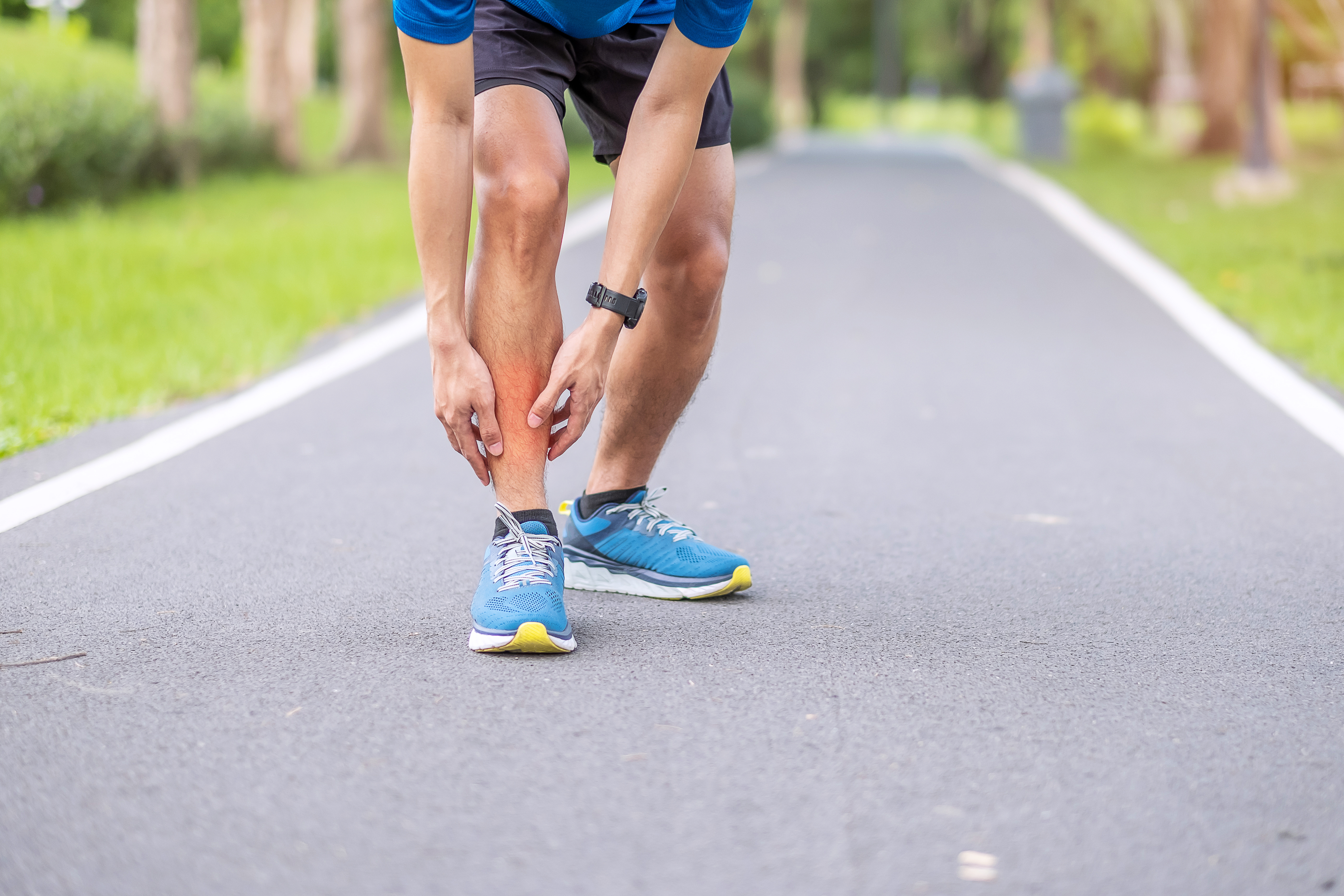
How To Start Running on the Right Foot
The nice weather is here to stay, so you’re probably starting to focus on some outdoor activity, like running. Running sounds like the most straightforward physical activity, right? You just, well, run! Don’t be fooled by the simplicity, though; there are many different aspects to running that can impact your performance, your risk of injury, and how you feel afterwards. Our therapists have seen many running injuries in our clinics, so we put together this breakdown to help you get started on the right foot and improve your performance this running season.
First Thing’s First – Running Shoes
The most important gear you need for running is, surprise, a good pair of running shoes! Ensuring that your shoes fit properly and provide support is crucial to avoiding injury and improving your performance:
- Make sure your shoe matches your foot size; if you have wider feet, get a wider shoe. The rule of thumb is a thumb’s width between your toes and the end of your shoe.
- Measure your feet when you look for a new shoe. Your foot size changes, so you might not be the same size you were last year.
- Replace your shoes regularly! As time goes by, the support of the shoe gets worn down. Wearing old shoes can lead to pain and injury, so try to replace them every 300-500 miles (that's 480-800km)
- If you’re looking for extra support, look into custom orthotics! They can help reduce fatigue, improve foot/ankle alignment, and help prevent injury. Learn more here.
Other useful gear includes appropriate athletic clothes (keeps you comfortable, regulates body temperature), water bottle (especially on hot days or long distance runs), and a fitness/GPS watch or a running app to help you track your performance. Find some great choices here.
Preparing for Your Run
You’ve got your running shoes, you’ve charged your fitness watch, and you’ve checked the weather – it’s time to run. Hold up! There’s a few things to do first:
- Stretch! This cannot be stressed enough. Stretching takes a few minutes but has a lot of benefits, like increasing your range of motion, reducing risk of injury, and improving your run long term. Dynamic stretches are great for both warming up your muscles and stretching them out. Find some dynamic stretches here.
- Fuel up! Make sure you’re hydrated before you set off and have a pre-run snack so you’re energized. If you’re doing a short run, have some light carbs, like toast with jam. If you’re going on a long distance run, a high-protein energy bar will give you sustained energy. Get more pre-workout snack ideas here.
- Use sun protection. Even if it’s cloudy, put on sport sunscreen and wear a hat and sunglasses, especially if you’re going on a long run. Don’t get burned!
- Plan your route and playlist! Knowing where you’re running will help you avoid risky terrain, prepare for hills, and keep you focused on your form instead of navigation. And no run is complete without a good playlist or an interesting podcast to keep you motivated while you’re clocking those kilometers. Find some playlists for running here.

During Your Run
You’re out the door and on your run, good job! Getting started is half the battle. Now that you’re running, there are some important things to keep in mind to stay safe and motivated while you’re out there:
- Be mindful of your posture, as this will help you run faster and more efficiently, and you’ll feel better afterwards. Learn more about running posture here.
- Focus on your form. Try not to have too long of a stride, land on the outside of your foot, hit the ground too hard, or run on an incline too much. All of these things can lead to common injuries that will make running harder for you or can lead to leg and foot pain in your everyday life. Learn more about common running injuries here.
- Stick to a plan! Don’t push yourself too far or too fast when you’re starting or you can burn out, get injured, and hurt your endurance. Build up to longer distances and/or faster times, and alternate shorter/slower runs so you don’t push your muscles too hard every time. A good fitness app (check above!) will give you time and distance data to help you stick to a smart running schedule.
After Your Run
You did it! Hopefully you met your goal for the day or even reached a personal best, but the process isn’t over yet:
- Take some time to cool down. Walk around for a few minutes to help burn off the lactic acid in your muscles so you don’t feel sick or sore as soon as you’re done.
- Stretch! Again! Wait a little bit and then stretch your muscles to assist with their recovery. Grab a good post-run snack too to refuel your body and avoid binge-snacking later in the day.
- Get some rest! A good night’s sleep will help your muscles recover. This shouldn’t be too hard, as regular exercise helps you sleep soundly.

Whether you’re trying to train for a marathon or you just want to get your recommended weekly exercise (150 minutes of moderate-vigorous per week), these tips will help get you on the right track to embracing the running lifestyle. Listen to your body and head to a local Lifemark clinic if you have concerns about leg or foot pain from your running. You’ll soon get hooked, join local running groups, and sign up for a 5K in no time!



